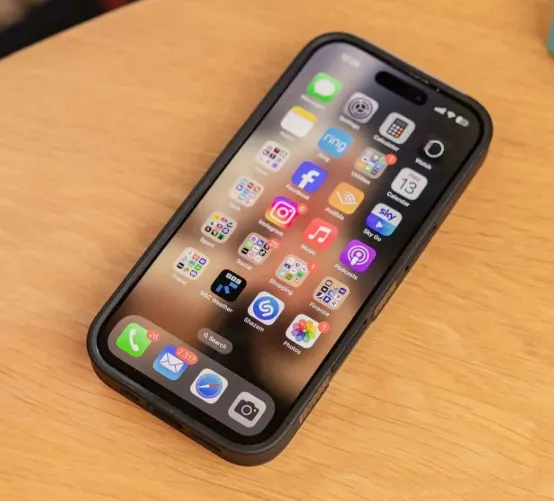Apple’s latest addition to its lineup, the iPhone 16e, has pushed average iPhone prices in the United States to their highest level ever recorded for a June quarter. Data from Consumer Intelligence Research Partners (CIRP) shows that the average selling price climbed to $985, an increase from $971 in March 2025 and equal to the previous record set in June 2024.
What makes this jump unusual is that the second quarter of the year typically brings softer demand for expensive smartphones. The steady rise suggests both a shift in Apple’s strategy and a growing willingness among buyers to spend more on mid-range devices.
From SE to 16e: A Redefined Entry Point
The iPhone 16e took the place of the discontinued iPhone SE but with a higher price tag—about $100 more than the SE it replaced. This move raised the baseline cost of entering Apple’s ecosystem, lifting overall averages in the process. Many consumers who might have otherwise opted for discounted older models such as the iPhone 14 or 15 instead chose the 16e.
Even with the price bump, the 16e proved popular, underscoring Apple’s ability to maintain strong demand in the mid-tier market. Brand trust and a refined design appear to have helped the phone succeed despite its elevated cost.
Premium Models Still Hold Their Ground
Although the 16e captured much attention, the iPhone 16 Pro and Pro Max continued to play a vital role in Apple’s sales mix. These high-end devices remained steady performers, keeping average prices high even though buyers showed slightly less interest in maxed-out storage versions. The Pro models continue to demonstrate the brand’s resilience at the top of the market.
Looking Ahead
CIRP’s Weighted Average Retail Price (WARP) offers valuable insight into U.S. iPhone pricing trends, especially since Apple no longer discloses official selling prices. While the data doesn’t reflect global performance, it does highlight how Apple’s U.S. strategy is unfolding.
With the iPhone 17 expected to debut soon, the success of both the iPhone 16e and the Pro series suggests Apple is entering the next product cycle from a strong pricing position. If current demand patterns hold, the company could see continued momentum in maintaining higher average prices well into the future.
